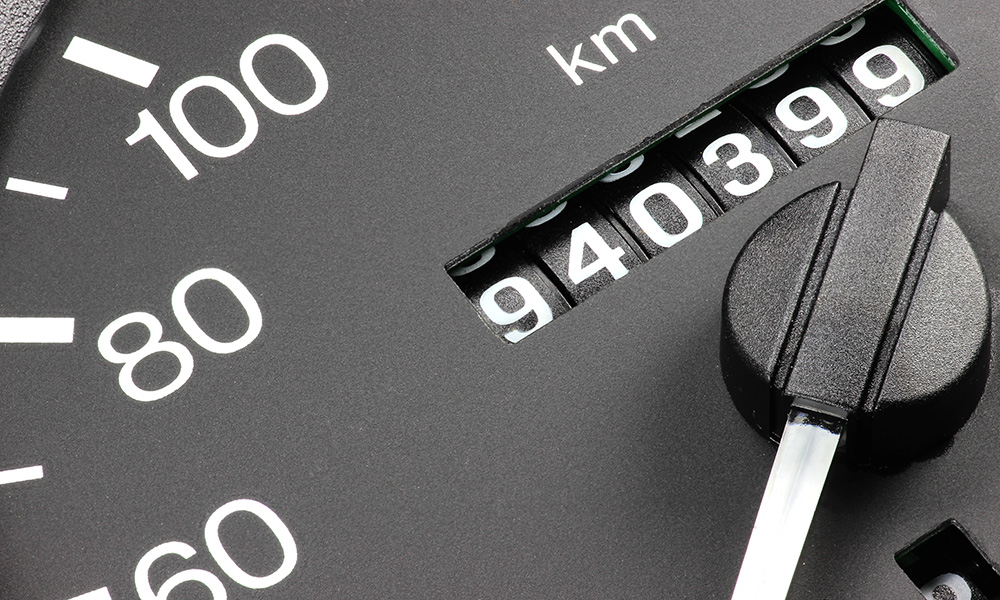A Guide to Business Mileage and How to Claim
Back to all Small Business guides

With petrol prices at an all-time high, the cost of driving for business reasons can stack up. Whether visiting clients, moving between offices or attending events, there are ways to reduce your travel costs, most notably with HMRC's business mileage allowance. There are, of course, rules and stipulations that must be met to ensure you're eligible for this.
Business vs. personal use
The most important rule to abide by is that you only claim for miles driven for business reasons, not personal journeys. This will be relatively simple if you have a company vehicle that you only ever use for work travel, although it's worth noting that commuting to and from work is not eligible for tax relief as this is classed as a personal journey. If you take your company vehicle home to use in your own time, these journeys also won't qualify for relief.
Claiming mileage on personal vehicles
If you drive your car or van for both work and personal reasons, you can claim back your mileage based on HMRC's approved mileage allowance of 45p for the first 10,000 miles in a single tax year. Anything above this threshold can be reclaimed at 25p per mile. Motorcyclists can claim back 24p per mile regardless of how many miles they travel, while pedal cyclists can claim 20p per mile. It's also possible to claim 5p per passenger per business mile for carrying colleagues in a car or van on journeys that are also work trips.
Company vehicles
With a company vehicle, you can claim relief based on your expenditure on fuel or electricity. The amount you can claim varies depending on the type of fuel used and the size of your engine, and it changes on a regular basis depending on global fuel trends. You can, however, use the previous rates for up to one month from the date the new rates apply.
Current (as of July 2022) advisory fuel rates are:
Petrol
| Engine size | Petrol | LPG |
|---|---|---|
| Up to 1400 | 13p | 8p |
| 1401-2000 | 15p | 10p |
| Over 2000 | 22 | 15p |
Diesel
| Engine size | Diesel |
|---|---|
| Up to 1600 | 11p |
| 1601-2000 | 13p |
| Over 2000 | 16p |
The advisory electricity rate for fully electric cars is 5p per mile, while hybrid cars are treated as either petrol or diesel cars for advisory fuel rates.
How to claim business mileage
There are two options when it comes to claiming back your mileage. The first is to add up all your motor expenses for the year, calculate the number of business miles as a percentage of your total miles and use this to work out the business percentage of your costs.
The second option, which is likely to be more straightforward for small businesses, is to claim the fixed-rate approved mileage allowance.
There are a few things to note when claiming back mileage. Firstly, you must stick with whichever option you choose until you replace your vehicle. Also, you must use the first method if your annual turnover exceeds the VAT threshold of £85,000 or if you bought your vehicle with a capital allowance.
It's also worth remembering that if you employ people, they can also claim back their relevant mileage. If you don't reimburse their expenses or pay them less than the advisory rates, they can also claim mileage allowance relief from HMRC via their tax return.
Recording business mileage
Of course, to claim business mileage, you must keep the necessary records. This includes a detailed mileage log that records the date and location of each business trip and the total number of business miles driven, along with records of expenditure on fuel.